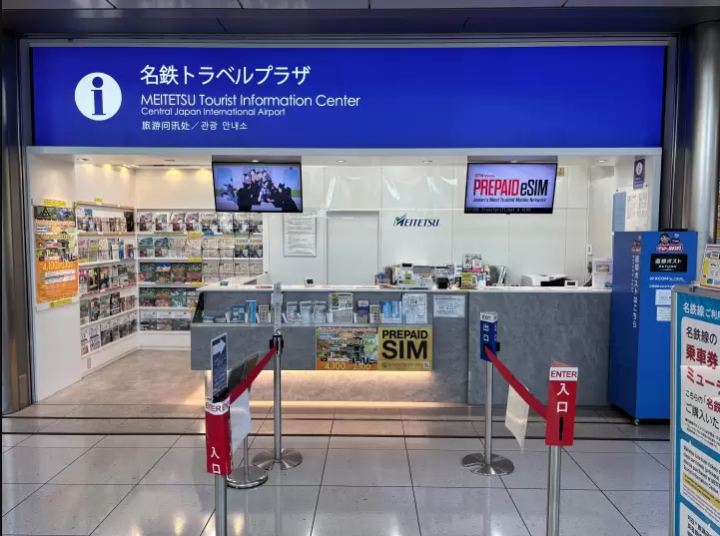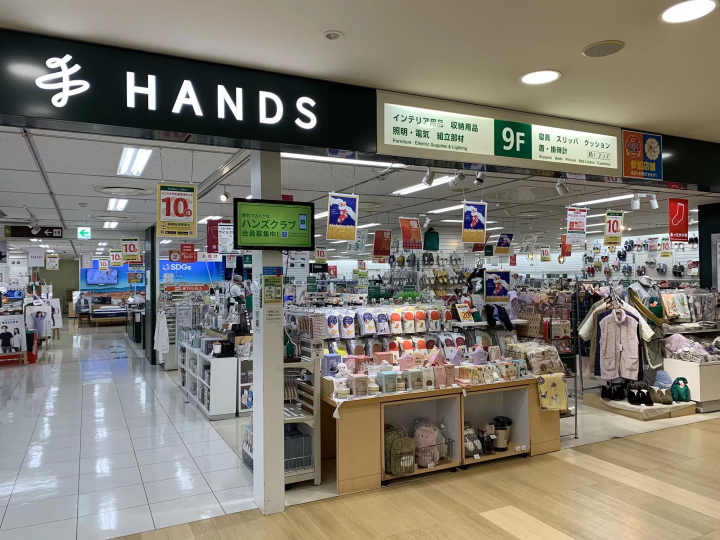Cherry Blossoms in Kyushu 2025: Top 10 Spots in Fukuoka, Nagasaki, and More!

Fukuoka, Nagasaki, Oita, and other areas in Kyushu boast splendid cherry blossom locations. We introduce 10 amazing places, both famous and lesser-known, along with travel tips for enjoying the blossoms in Kyushu.
Cherry Blossoms in Kyushu
The Kyushu region, located in the southwestern part of Japan, is home to Fukuoka, Nagasaki, Oita, Kumamoto, and other exciting destinations. It is known for its warm climate, abundant nature, and hot spring resorts, allowing visitors to enjoy a wide variety of scenery during the cherry blossom season.
In 2025, the cherry blossoms are expected to appear around March 27 in Fukuoka and March 28 in Kagoshima (source: Weathernews). We will update the forecast as soon as official information is available.
Top 10 Cherry Blossom Spots in Kyushu
The First Cherry Blossoms and Full Bloom Dates around Kyushu
1. Maizuru Park, Fukuoka
2. Kumamoto Castle
3. Sengan'en Garden, Kagoshima
4. Omura Park, Nagasaki
5. Mifuneyama Rakuen, Saga
6. Isshinji Temple, Oita
7. Saitobaru Burial Mounds, Miyazaki
8. SL Hitoyoshi, Kumamoto
9. The Great Sakura Tree of Isshingyo, Kumamoto
10. Darumizu Park, Miyazaki
Get the best deals on train tickets in Japan!
Kyushu Cherry Blossom Forecast 2025
In 2025, the cherry blossoms are expected to bloom around the following dates:
| Start of Bloom | Full Bloom (estimated) |
|
| Fukuoka | March 27 | April 5 |
| Kumamoto | March 28 | April 6 |
| Kagoshima | March 28 | April 6 |
| Nagasaki | March 28 | April 6 |
| Saga | March 27 | April 4 |
| Oita | March 30 | April 6 |
| Miyazaki | March 27 | April 4 |
*Source: Weathernews and Tenki.jp
Read on to learn more about the best cherry blossom viewing locations by area in Kyushu.
Many hotels have no cancellation fees!
1. Maizuru Park, Fukuoka
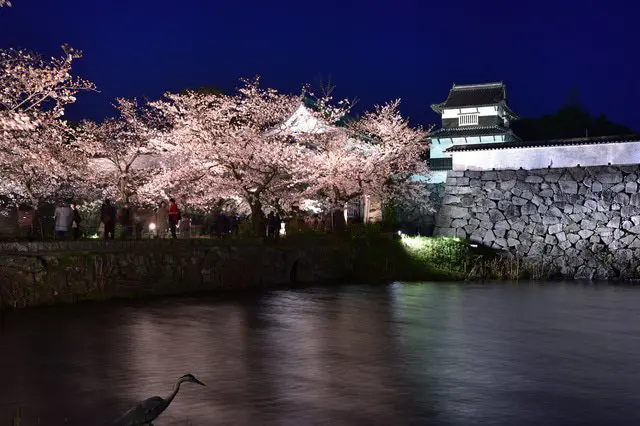
Photo by Pixta
Maizuru Park is one of Fukuoka’s most famous cherry blossom spots. The park was built around the ruins of Fukuoka Castle. You can also enjoy other flowers and plants in the park during other seasons.
Fukuoka Castle has a 400-year history, but the surrounding area is used for relaxation and leisure by locals today. During the spring, the Fukuoka Castle Cherry Blossom Festival is also held, allowing visitors to admire the cherry blossoms blooming within the stone walls.
During this time, there are also illuminations and food stalls open for business, creating an exciting atmosphere in the park.
Hotels near Maizuru Park
2. Kumamoto Castle
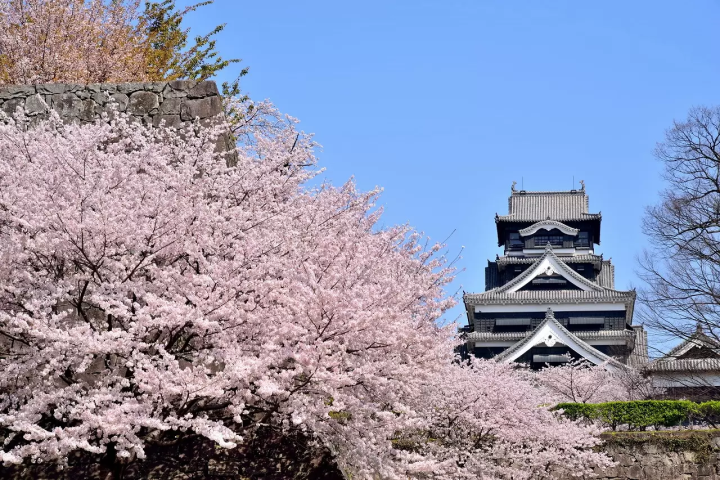
Photo by Pixta
Kumamoto boasts magnificent natural landscapes such as Mt. Aso. The region's iconic Kumamoto Castle was built approximately 400 years ago. It played an important role in Japanese history following its construction.
Kumamoto Castle alone is impressive with its majestic form towering over the vast grounds. However, the pink of the cherry blossoms when in full bloom on the grounds in spring shines and contrasts beautifully against the monotone castle.
Hotels near Kumamoto Castle
3. Sengan'en Garden in Kagoshima
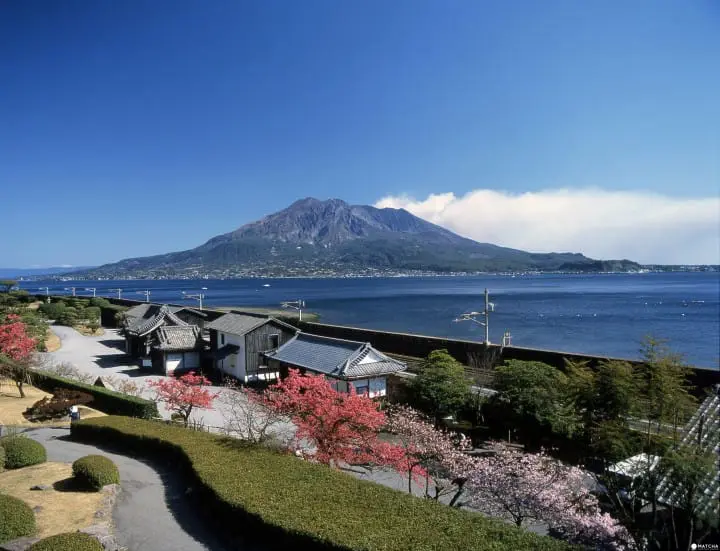
Picture courtesy of Sengan'en Garden
Kagoshima is well-known in Japan for its active volcano called Sakurajima. Its name may include “sakura,” which means "cherry blossom" in Japanese, but it is not famous for cherry blossoms. There are theories that it was named as such because cherry blossom petals were found floating on the sea surrounding Sakurajima when it erupted long ago.
We recommend Sengan'en Garden for viewing the cherry blossoms in Kagoshima! This garden is where the villa of the Shimazu family, the feudal lords who once governed over this area, was located. Gorgeous nature spreads across a vast ground of 50,000 square meters with a view of Sakurajima.
Restaurants and souvenir shops are also found inside the garden. Visitors can also observe Satsuma Kiriko, a type of traditional Kagoshima glasswork, being made in the workshop adjacent to the garden.
Fees: Entrance into the garden, Shoko Shuseikan Museum, and mansion is 1,300 yen for adults (high school and up) and 650 yen for children (elementary and junior high school students). Entrance into only the garden and museum is 1,000 yen for adults and 500 yen for children
Official Website: https://www.senganen.jp/en/
Hotels near Senganen Garden
4. Omura Park in Nagasaki
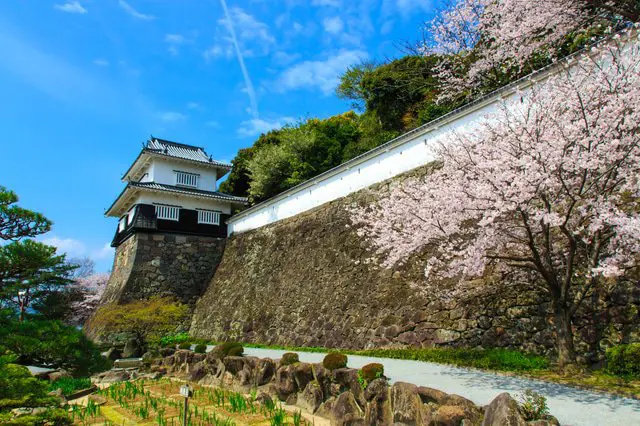
Picture courtesy of Pixta
Omura Park is one of Nagasaki’s best cherry blossom spots. The entire park transforms in spring when the 2,000 cherry trees of 21 different varieties bloom. One type of sakura that can be enjoyed here is the government-designated natural monument, Omura Zakura.
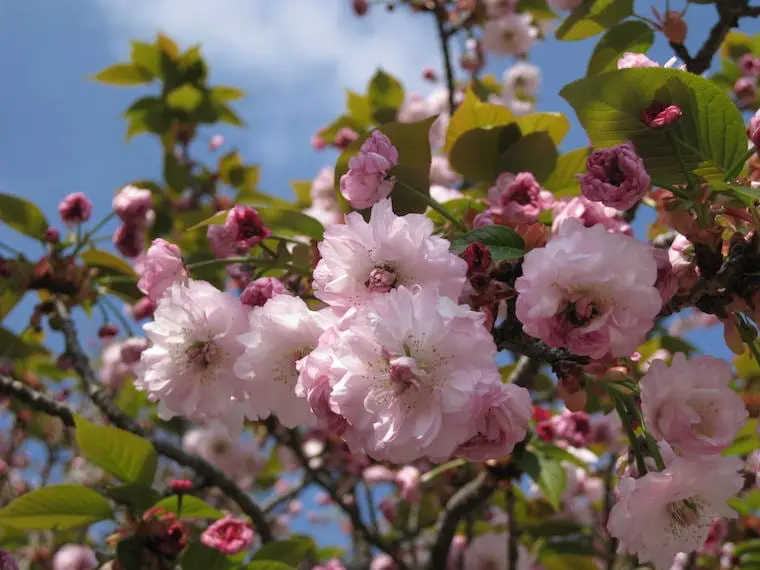
The Omura Zakura flowers bloom in two layers and possess numerous petals and sepals. Differing from typical cherry blossoms with five sepals, this variety showcases ten sepals. These flowers exhibit a minimum of 60 petals and can extend to as many as 200. The flower's appearance resembling a rose sets it apart as a rare cherry blossom that even the Japanese seldom encounter.
Approximately 300 Omura Zakura trees are planted within Omura Park, allowing visitors to admire these elegant blossoms.
Hotels near Omura Park
5. Mifuneyama Rakuen in Saga

Picture courtesy of PR Times
Mifuneyama Rakuen, situated in Saga, is a park spanning over 50 hectares where you can envelop yourself in the beauty of nature. In spring, the park comes alive with the blooming of 2,000 cherry blossom trees alongside 200,000 azalea trees, crafting a mesmerizing and picturesque landscape filled with color.
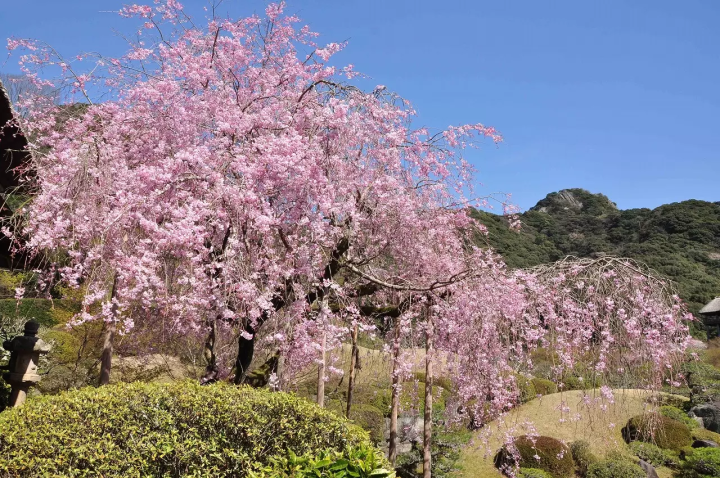
Picture courtesy of PR Times
During the Flower Festival, the park features illuminations. From the end of March to mid-April, the cherry blossoms are lit up, while from mid-April to early May, the azaleas, wisterias, and spring maples (a type of green maple seen during the early summer) are illuminated.
You can spend the whole day here or visit in the evening as there are restaurants and teahouses, as well as Chikurintei, a lodging facility, in the garden.
Chaya Tea Bar is adjacent to Chikurintei, allowing visitors to drink sake and other beverages while gazing at the garden from a tatami room.
Fee: 400 yen for adults, 200 yen for those elementary school and under
*Between March 17 and April 14, admission will be 600 yen for adults and 250 yen for children. From April 15 to May 7, prices are 700 yen for adults and 300 yen for children.
Official Website: https://www.mifuneyamarakuen.jp/en/
6. Isshinji Temple, Oita

Photo by Pixta
The following places are ideal for frequent flower viewers. Although they may be challenging to reach, these locations are truly worth the effort to witness the breathtaking cherry blossoms.
Isshinji Temple in Oita is in a valley filled with cherry blossoms in the spring, surrounded by mountains. The flowers in the valley are stunning and are often described as a sea of cherry blossom clouds.
Access to Isshinji Temple: Take the bus from the bus stop in front of JR Oita Station bound for Tokiwa Wasada Town for 20 minutes (330 yen), then exit at Tokiwa Wasada Town. From there, it will be 10 minutes by taxi (2,000 yen). Or 40 minutes by car from Oita Station.
Hours: 8:00-18:00
Entrance Fee: Adults 700 yen, elementary students 200 yen
Official Website: http://issinnji.jp/index.html (Japanese)
7. Miyazaki: Flowers and Historic Ruins at Saitobaru Burial Mounds

Picture courtesy of Pixta
Saito in central Miyazaki is the prefecture's leading agricultural area. It is also a town where much historical heritage dating from Japan's ancient times and middle ages remains.
The flowers are simply magnificent in this city! At the Saitobaru Burial Mounds, a special historical park, you’ll find rapeseed blossoms blooming brilliantly in the spring and cosmos in the autumn.
Of course, we can’t forget about the cherry blossoms. 2,000 cherry blossom trees and 300,000 rapeseed blossoms bloom around Goryohaka-mae, a spot within the burial grounds.
On evenings during Saitobaru Flower Festival held from late March to early April, you can view the cherry blossoms illuminated.
8. Kumamoto: Magnificent Blossoms From the Steam Locomotive Hitoyoshi
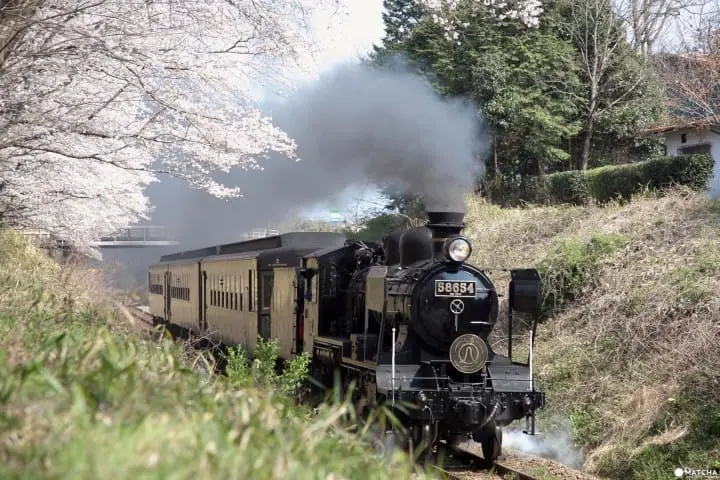
Picture courtesy of Hitoyoshi City
In Kumamoto, you can view cherry blossoms while riding an antique-looking steam locomotive. Visitors can enjoy the cherry blossoms blooming on the riverside during the ride from Kumamoto Station to Hitoyoshi Station for approximately 2.5 hours. Ekiben, train bento boxes, and shochu with ice, an alcoholic beverage, are also sold inside the railcar.
Please make a reservation before coming as the train seats are all designated. A one-way ticket from Kumamoto to Hitoyoshi costs 2,640 yen for adults and 1,320 yen for children. To make reservations, make a phone call or go to any JR ticket office and inquire at the counter about reservations for the Hitoyoshi SL. You can book your seat as early as one month in advance. The train runs only a few times a day so be sure to purchase your return ticket too.
Please check the schedule on the SL Hitoyoshi webpage beforehand to see the days when the SL operates.
SL Hitoyoshi
Platform: Board from JR Kumamoto Station. It will take about 2 hours and a half to reach the final stop at Hitoyoshi Station.
Phone Reservation: 050-3786-3489 (JR Kyushu Phone Reservation Center)
9. The Great Sakura Tree of Isshingyo: A Cherry Blossom Tree in a Sea of Flowers

Photo by Pixta
The Great Sakura Tree of Isshingyo is a single, giant cherry blossom tree located in the Minamiaso Village. This cherry tree is over 400 years old, standing at 14 meters in height, with expansive branches measuring approximately 21.3 meters in the east-west direction and 26.0 meters in the north-south direction.
This great cherry tree belongs to the Yamazakura variety and typically blooms from the end of March to the beginning of April. Its unique shape resembles a bird spreading its wings and is thought to have been created by lightning and typhoons that have bent and moved its branches outwards.
This cherry tree blooms at the same time with the rapeseed blossoms surrounding it, creating a beautiful sight!
Location: Nakamatsu, Minamiaso Village, Aso, Kumamoto
Access: 40 minutes by car from JR Higo-Ozu Station
Official Website: http://www.vill.minamiaso.lg.jp/map/oozakura.html (Japanese)
10. Miyazaki: A Cherry Blossom Tunnel at Darumizu Park

Photo by Pixta
Around 3,500 cherry blossom trees are planted at Darumizu Park. Countless visitors enjoy Cherry Road, a two-kilometer-long row of cherry blossom trees.
Every year festivals occur between late March and early April, when the park lights up with illuminations that last until 22:00. It is necessary to travel by car from Miyazaki Station, and no public transportation will take you nearby.
Rent a Car to See Blossoms in Kyushu
This article introduced cherry blossom spots in some areas only accessible by car. Also, depending on the spot, public transportation may be inconvenient to use even if it is available. We suggest using a rental car when going to view the cherry blossoms in Kyushu.
As an additional tip, the second most convenient transportation means in Kyushu is the highway and local bus network. Consider using the 4-day or 3-day SUNQ Pass, which allows unlimited bus rides in Kyushu for a reasonable price.
FAQ
Are there cherry blossoms in Kyushu?
Kyushu, the southernmost of Japan's main islands, is known for its cherry blossoms during the spring season. While the cherry blossom season in Kyushu typically occurs earlier than in northern regions of Japan, the island offers numerous popular spots for cherry blossom viewing.
Locations such as Kumamoto Castle, Maizuru Park in Fukuoka City, Kikuchi Gorge in Kumamoto, and Nishi Park in Nagasaki are renowned for their beautiful sakura displays, attracting visitors seeking to enjoy the blooming cherry blossoms against picturesque backdrops.
Where can I enjoy cherry blossoms in Fukuoka?
In Fukuoka, Japan, several prime locations offer enchanting cherry blossom viewing opportunities during the spring season. Maizuru Park and the Fukuoka Castle Ruins within it present a historical and natural blend for hanami picnics and leisurely walks. Nishi Park near Ohori Park provides a serene setting with cherry blossom-lined paths, while Minami-koen Park is another popular spot known for its beautiful cherry blossoms in Fukuoka.
These locations in Fukuoka offer picturesque settings for visitors to appreciate the fleeting beauty of cherry blossoms and partake in the beloved Japanese tradition of hanami. For other places to enjoy cherry blossoms in Fukuoka, please refer to this article.
What is the flower season in Fukuoka?
Fukuoka experiences a variety of flower seasons throughout the year. Plum blossoms bloom in February to March followed by cherry blossoms in late March to early April. Azaleas bloom in April to May, roses in May to June, sunflowers in summer, and cosmos flowers in September to October. The city's diverse flora offers colorful displays for flower enthusiasts to enjoy year-round.
Where can I see sakura in Kumamoto?
You can see cherry blossoms in Kumamoto, particularly at Kumamoto Castle, which offers a beautiful backdrop for enjoying the cherry blossoms during spring. The castle grounds are a popular spot for hanami (flower viewing) and provide a picturesque setting to appreciate the delicate pink and white blooms during the cherry blossom season. Kumamoto Castle is known for its historical significance and the stunning contrast of cherry blossoms against the castle's backdrop, making it an ideal location in Kumamoto to experience the beauty of sakura.
What is the best time to visit Fukuoka?
The best time to visit Fukuoka, Japan depends on your preferences. Spring (March to May) offers cherry blossoms and mild weather. Summer (June to August) can be hot and humid with events like the Hakata Gion Yamakasa festival. Autumn (September to November) has pleasant temperatures and beautiful foliage. Winter (December to February) is mild and good for indoor attractions. Consider weather, activities, and crowd levels when planning your trip.
Read also
Enjoy Cherry Blossoms and Springtime in Kyushu
Kyushu is a very large region in Japan. As such, you cannot travel to all the destinations introduced in this article in one day. In some places, public transportation is limited, so we suggest including these spots in your travel plans only after you've decided on the details of your Kyushu trip.
These ten places, however, are worth making a trip out to visit. If you are currently planning a vacation to Japan, visit Kyushu for stunning and unique flower viewing!
Read also
Main image by Pixta.
This is the official account of MATCHA's editorial department. Our articles feature useful travel information for visitors to Japan, from how-to guides to recommended places to visit.





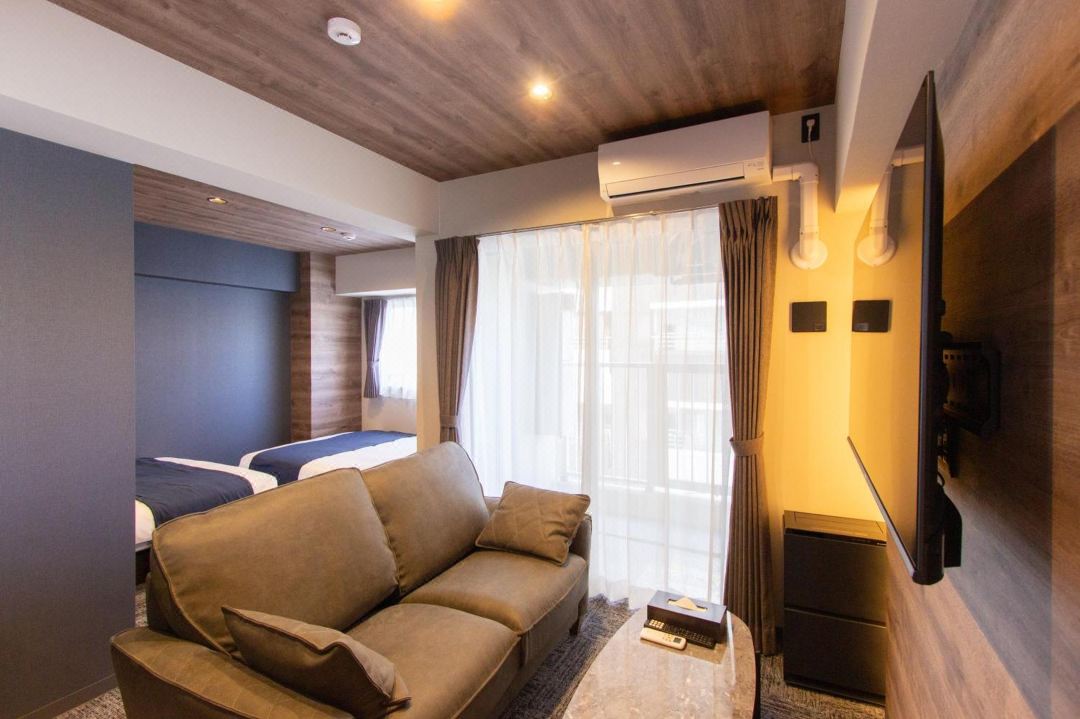

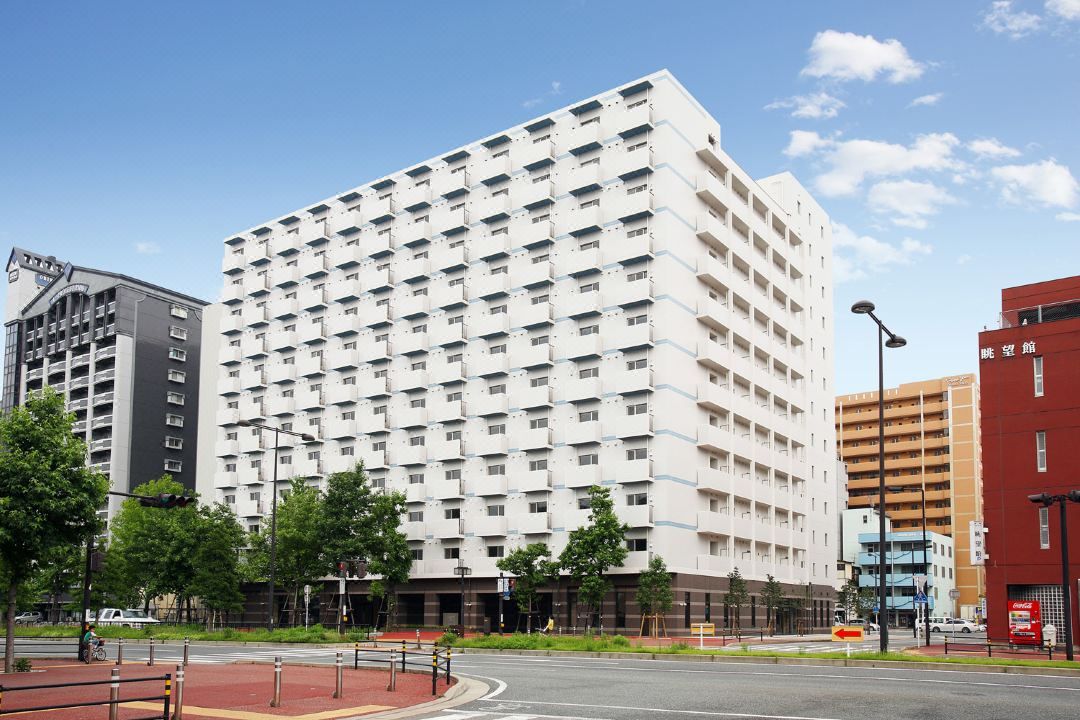



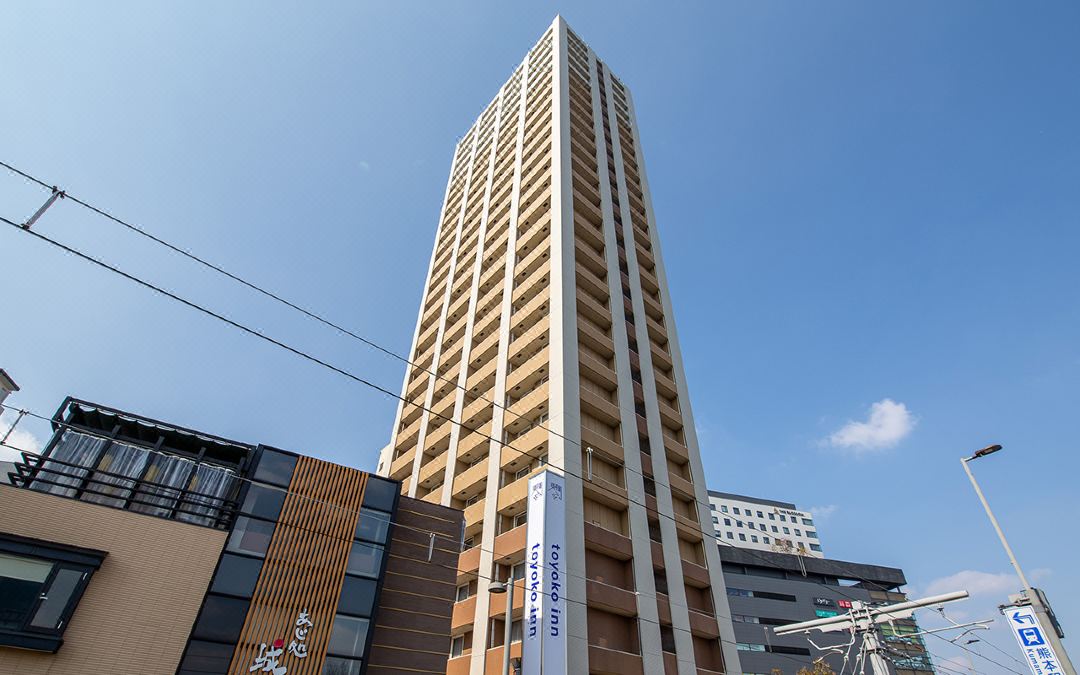
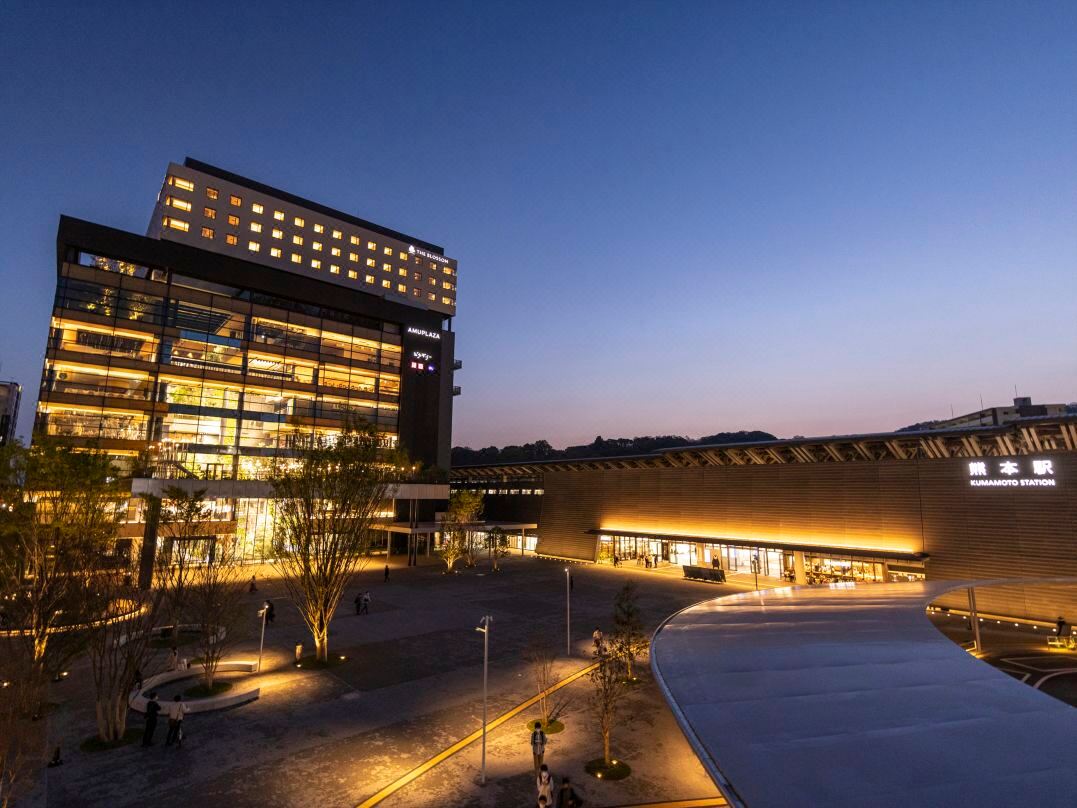
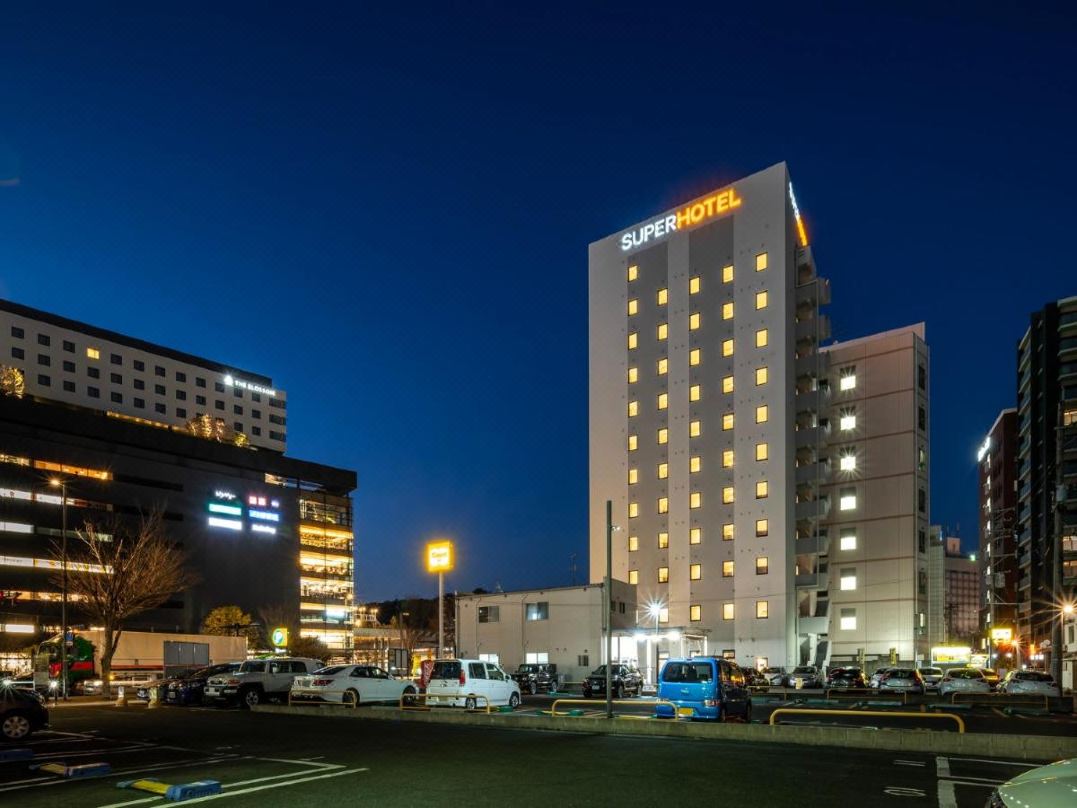


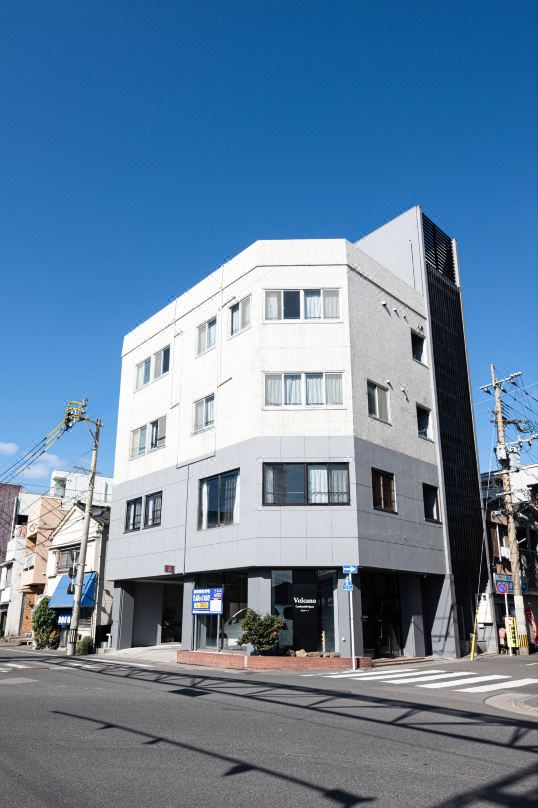



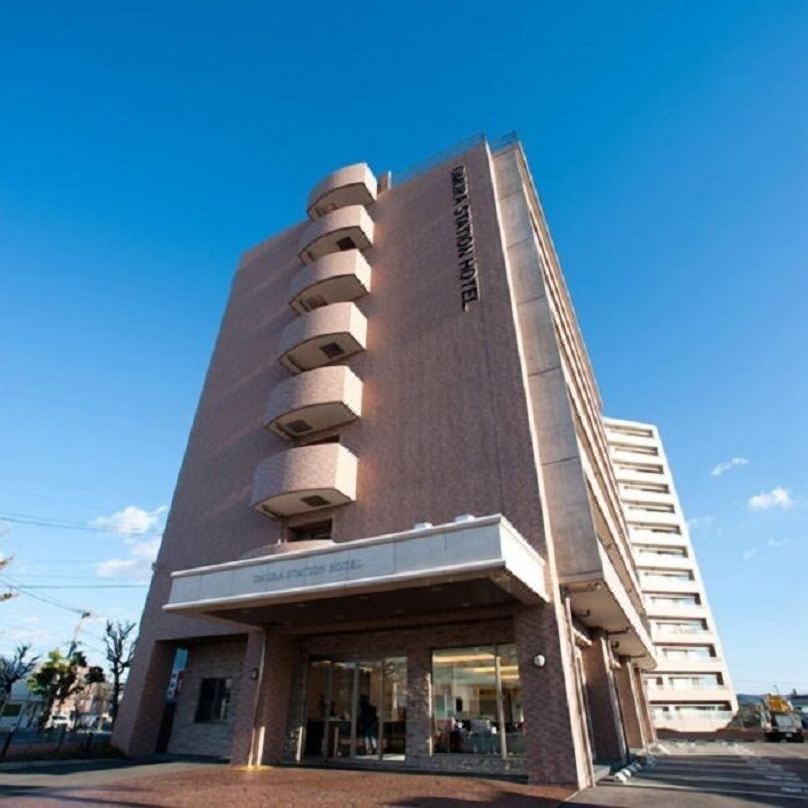
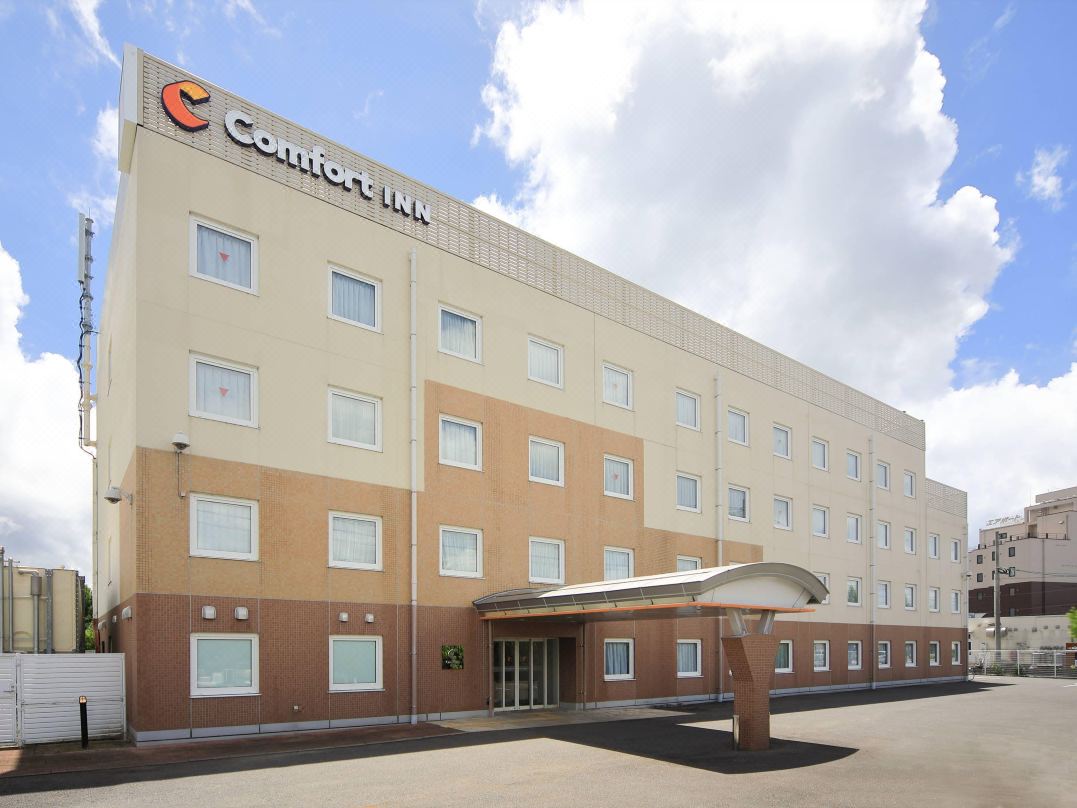









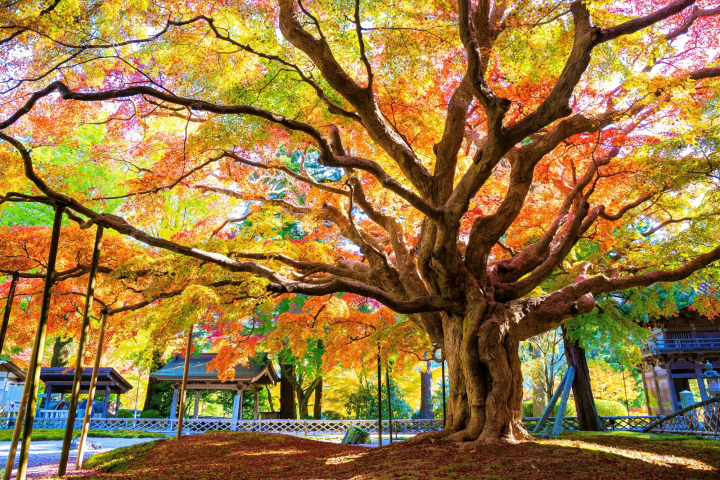


























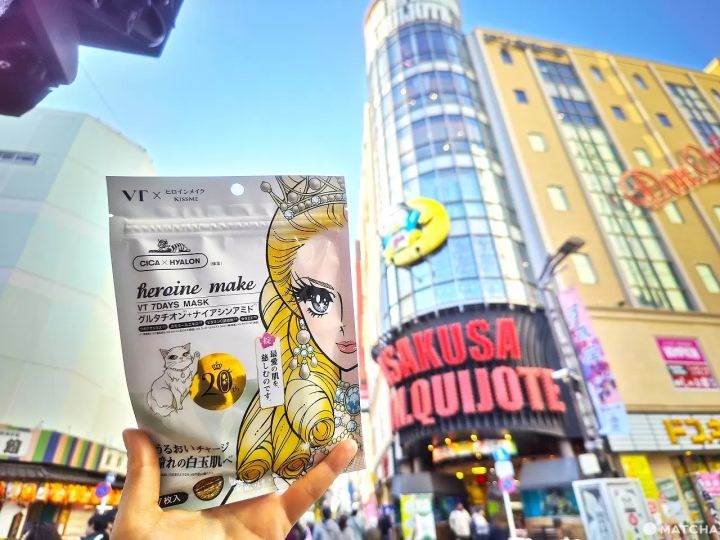

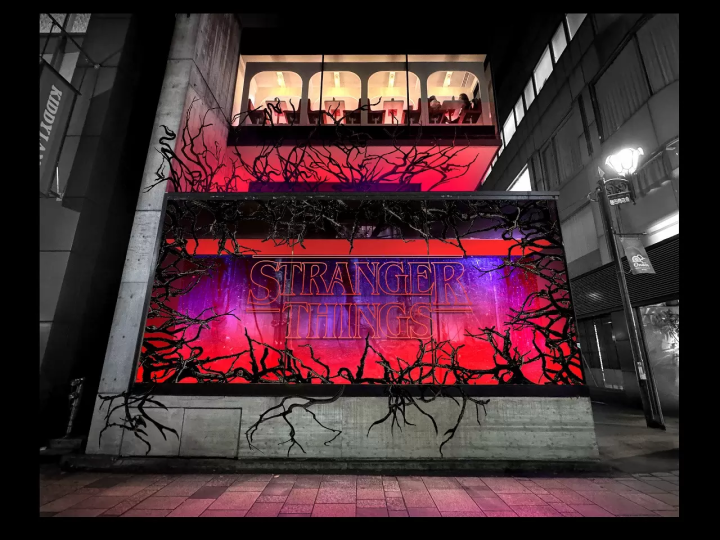
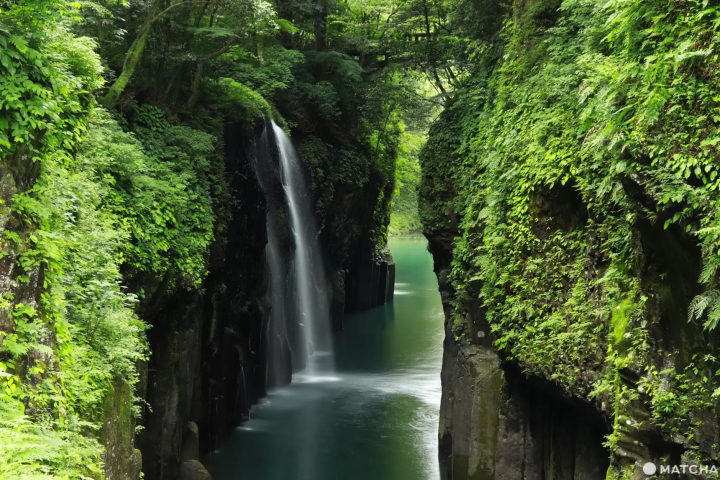




![[Wakayama Sign] Plums and plum wine](https://resources.matcha-jp.com/resize/720x2000/2025/12/08-252248.webp)
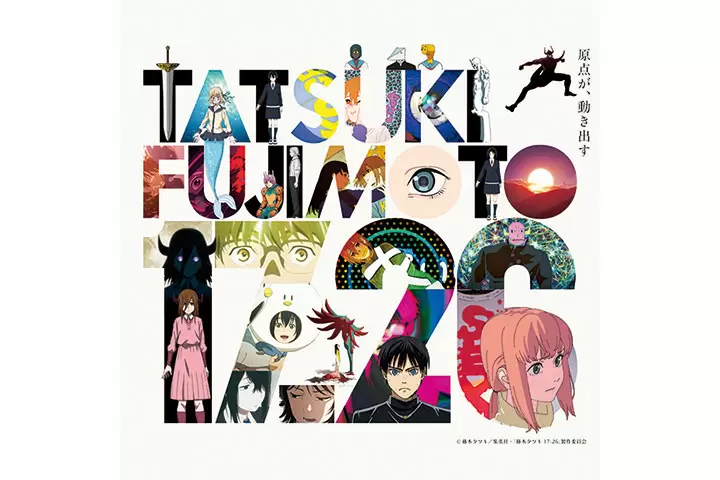
![[2025 Update] Introducing free Wi-Fi spots in Tokoname City , Aichi Prefecture](https://resources.matcha-jp.com/resize/720x2000/2025/12/16-253074.webp)
